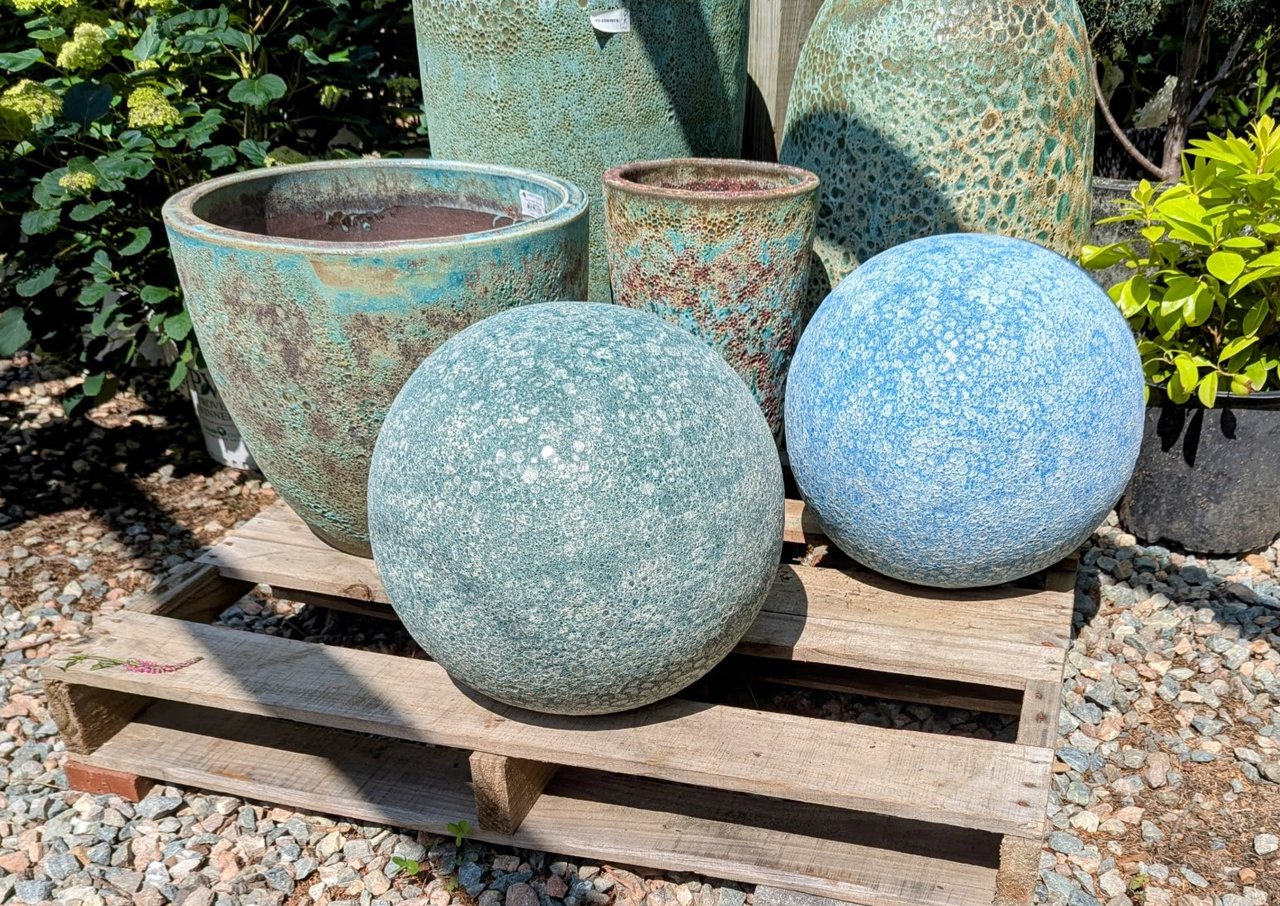I tend to avoid controversy, I do, but I think it’s time to have a civil discussion on a contentious topic. Many strong arguments have been made on both sides, but can we just talk about cast iron cookware? To some, it’s a kitchen workhorse that gets passed down from generation to generation without a thought. To others, it’s a high-maintenance primadonna that will be ruined if the shadow of a bottle of Dawn crosses its path. So which is it?
First of all, I can’t imagine cooking certain dishes with anything other than cast iron. Second, the only thing high maintenance that’s allowed in my kitchen is my boyfriend. So in this issue of IORVA, I’m going to share a few tips for cast iron use and care, as well as a few suggested recipes including the best way to cook up the perfect steak (seriously).
If there is any real trick to cast iron, it’s the seasoning. Every time you cook in cast iron cookware and use oil or animal fat, it bonds to the surface and creates a thin polymerized oil layer that is non-stick and tough as nails. The more you use it, the smoother and stronger the surface becomes. It’s the reason those of us with hand-me-down cookware have that WT* look on our faces when someone calls cast iron prissy. The nerve.
The pros of cast iron are that it’s durable, chemically free, non-stick, inexpensive, and great at retaining heat. You can move it from stove to oven without incident, even at high heat. A well-seasoned pan won’t scratch from metal utensils, and as a bonus we all need iron, and a small amount is transferred into the food as it cooks.
Cast iron does have a few limitations since it’s porous and will rust if in contact with water for a long period. So, no soaking, and after it’s been cleaned it should be immediately dried well. Avoid soap until the pan has been seasoned a few times, so with new pans I’ll wipe them clean then use kosher salt as a scrubbing agent. A good tip to make sure your pan is fully dry is to put it on the stove and heat it for a minute or two. I have friends who wipe them down with oil afterward and stack them with paper towels in between, but that’s like putting a tutu on a pit bull. Unnecessary.
The last bit of squabble you’ll find is the proper way to season a pan. New pans come pre-seasoned, but if you have a family or yard sale piece that isn’t smooth and black, it’s easy to fix. Use a steel wool pad to scrub the surface smooth and remove any rust. Clean with hot water and soap and dry thoroughly. Warm the skillet or pan and add a very small amount of lard (about 1 teaspoon or less) to the pan and let it melt. With a cloth, wipe the melted lard over all the surfaces, then wipe almost all of it off so there is a very thin coat left. If you are wondering if the coat is too thick, it is. Place in a 500-degree oven and bake for 60-75 minutes. Let cool in the oven and repeat if necessary. Lard is found in the baking aisle, usually near Crisco. You can use oil with a high flashpoint instead, but I’ve seasoned a few dozen pans and this approach has the best results.
Cast iron cookware can be used for anything, but they are a must for cornbread, frying chicken, steak, and deep-dish pizza. Even if it’s the only thing you ever bake in a cast iron pan, get one that’s 9 inches on the bottom and try
King Arthur’s deep dish pizza recipe. It’s pretty foolproof and makes a fantastic crunchy crust.
As promised, here’s the recipe for the best-ever steak. Seriously, you will never grill again.
Topping:
Let steaks get to room temp, about 30 minutes. Set the oven to 415, and heat the pan on medium-high. Coat both sides with a light application of sesame oil and a heavy coat of Montreal steak seasoning. Melt 2 Tbl butter in the pan, then add steak and cook for exactly 2 minutes. Flip and cook for two minutes more, then place the skillet in the oven. Cook 5-6 minutes for medium rare, 6-7 for medium. Remove steaks to a platter and let rest for 5 minutes before serving. Two minutes before set the same pan to medium-high and cook the butter and herb topping for about one minute, until the butter just begins to brown. Plate steaks and drizzle butter mixture on top. When guests rave, reply with “I’m sure you could make this at your house,” but use your doubtful voice.




